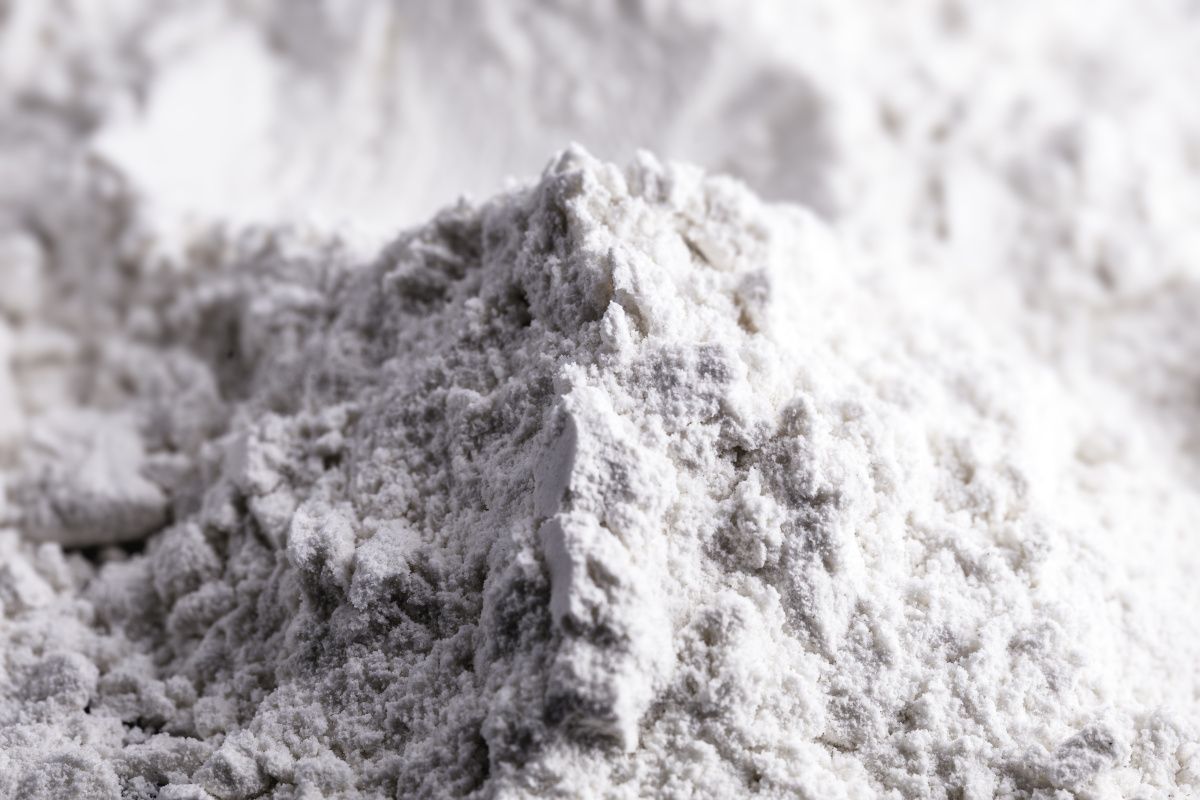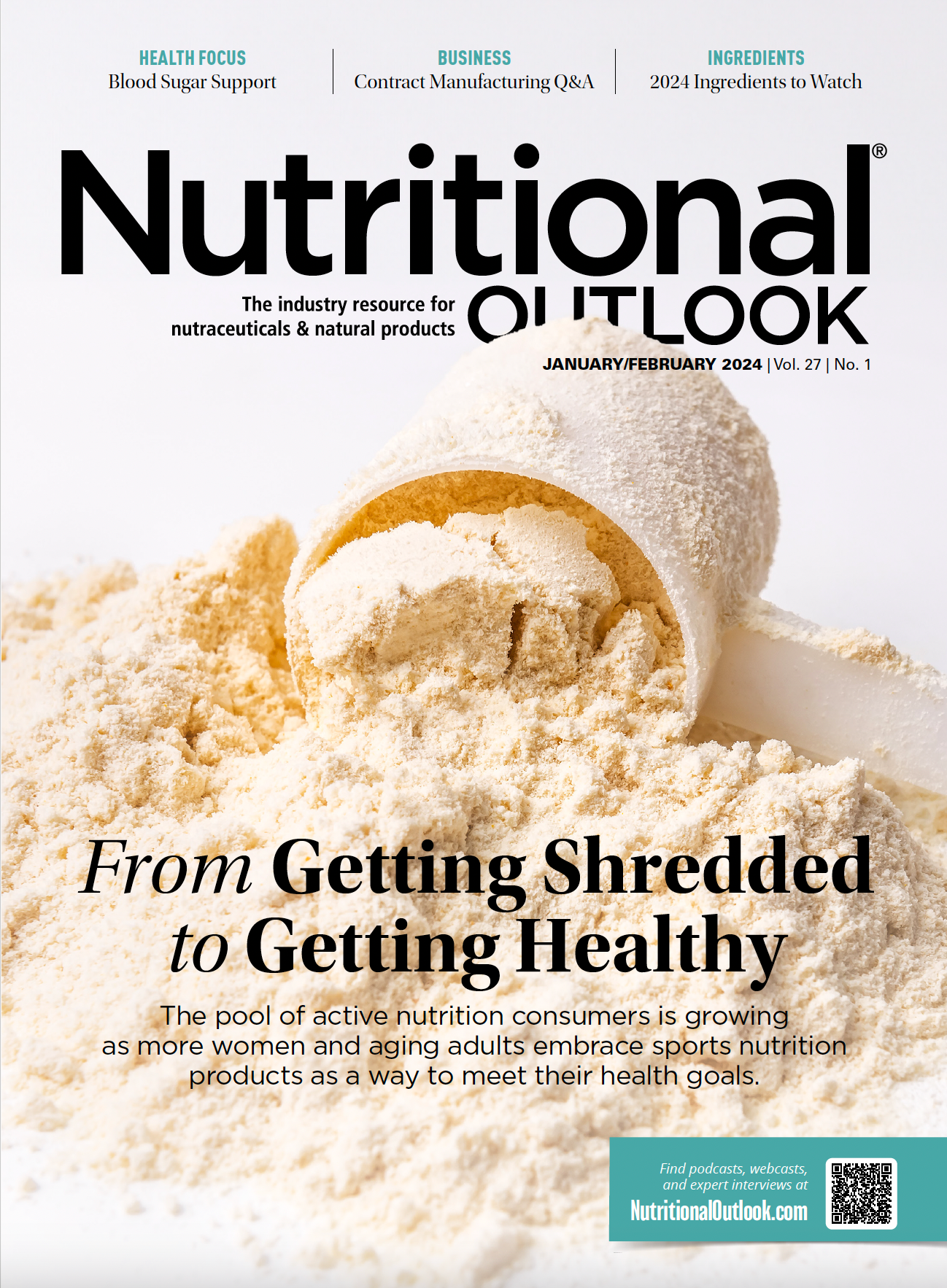The push for clean label whitening solutions
Foreign regulation and consumer sentiment may be pushing manufacturers away from titanium dioxide.
Photo © AdobeStock.com/RHJ

Regulation abroad, and greater consumer desire for “clean label” products is encouraging many manufacturers to seek out alternatives to titanium dioxide, a common ingredient used as a whitening agent across numerous food and nutraceutical applications. In the European Union, the ingredient was banned as an additive in food products, following an opinion from European Food Safety Authority (EFSA) that genotoxicity from consumption of titanium dioxide could not be ruled out, and is therefore unsafe for use in food. On the other hand, other regulatory bodies such as the U.S. Food and Drug Administration (FDA) have also investigated its safety and found no conclusive evidence that justifies a ban.1
If you’re not selling your products in Europe, there is nothing legally forcing you to divest from titanium dioxide, but foreign regulation and consumer attitudes may be the writing on the wall for things to come. “In the U.S., many brands are demonstrating interest in finding alternatives for titanium dioxide, and we’re seeing manufacturers start to take out titanium dioxide regardless of current policy,” says Emina Goodman, senior director, colors, for ADM (Chicago, IL). “At the same time, the State of California has discussed adding titanium dioxide to its Proposition 65 warning rules. Other regulatory bodies may begin to examine the use of titanium dioxide, as well.”
Goodman also cites data from Bandwatch that found 93% of online comments from consumers were negative in reference to titanium dioxide. Sustainability is another factor to consider.
“Producers are placing a growing emphasis on sustainability, and titanium dioxide production can have a negative environmental impact,” adds Cuie Yan, PhD, vice president of Microencapsulation at Blue California (Rancho Santa Margarita, CA). “Exploring titanium dioxide alternatives that are more environmentally friendly aligns with corporate sustainability goals.”
Alternatives
According to Goodman, “White hues are an important part of the spectrum of colors, helping convey to consumers freshness and purity in numerous categories, including supplements, confectionery, and beverages.”
Titanium dioxide’s ability to impart the color white and create hues to ehance different colors is what makes it such a ubiquitous ingredient, Yan explains. Alternatives are therefore highly desirable across a wide range of applications, she adds, including food packaging for edible films, meat analogues, confectionery, baked goods, dairy products, sauces, and beverages.
Unfortunately, achieving the desired color effects in combination with taste and texture can be difficult to achieve without titanium dioxide. “For instance, calcium phosphate and calcium carbonate may need to be incorporated at high usage rates to reach desired whitening, which, in turn, negatively impacts both texture and cost,” explains Goodman.
Temperature is also an issue says Yan. “Conventional candies and confectioneries often undergo acidification towards the end of the manufacturing process, and high processing temperature challenges. This poses formulation challenges for common alternatives to titanium dioxide, such as starch or calcium carbonate.”
Brands such as ADM and Blue California have developed more versatile alternatives to titanium dioxide that help manufacturers overcome the challenges of making the switch. ADM’s PearlEdge, for example, is derived from natural sources, such as native corn starch, and comes in powder or liquid form to accommodate a range of application categories. Blue California’s whitening agent is a 1:1 replacement to titanium dioxide that is also heat and pH stable, also making it a versatile alternative.
It’s no easy task changing a product formula, but if the time comes, solutions exist. And as demand increases for titanium dioxide alternatives, the market for versatile solutions will become more competitive and diverse, offering greater options at various price points that will fulfill your needs.
Reference
- Krawiec, S. CHPA submits comments urging FDA to deny citizen petition proposing ban on titanium dioxide. Nutritional Outlook. September 26, 2023. Accessed January 10, 2024.https://www.nutritionaloutlook.com/view/chpa-submits-comments-urging-fda-to-deny-citizen-petition-proposing-ban-on-titanium-dioxide-
